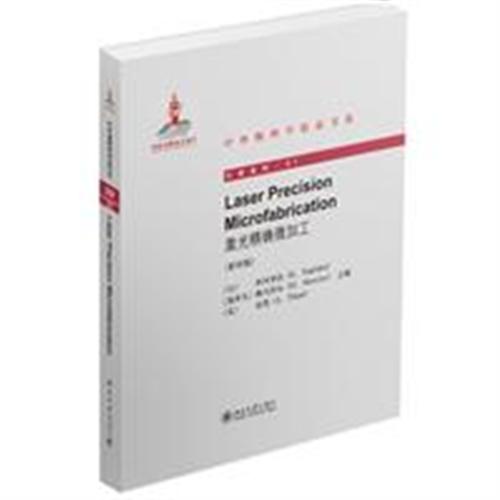激光精确微加工(英文影印版) [2015-06-09] |
|
索书号 O4/Z698/v.51 1 Process Control in Laser Material Processing for the Micro and Nanometer Scale Domains |
首 页 >> 上架新书






